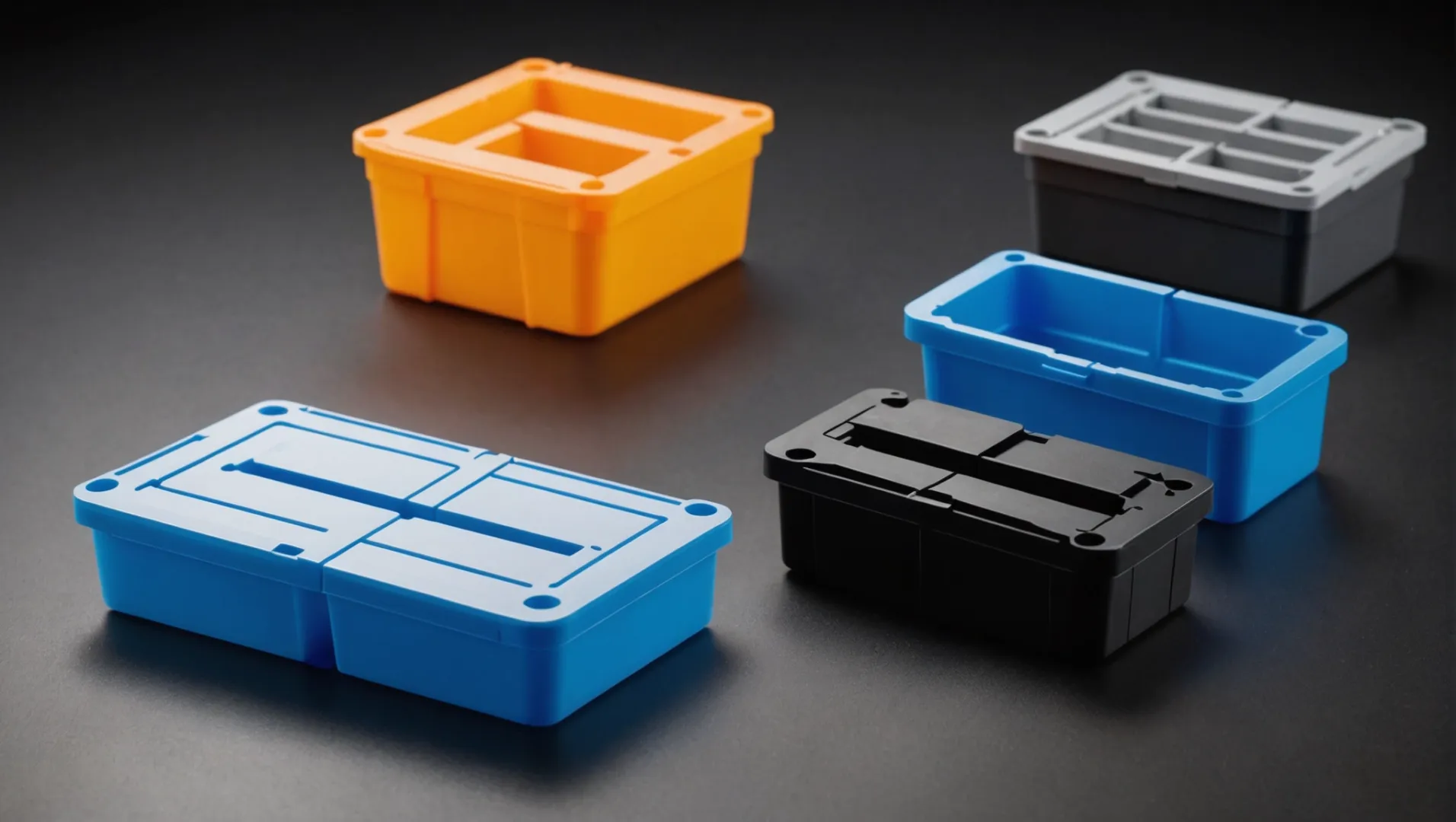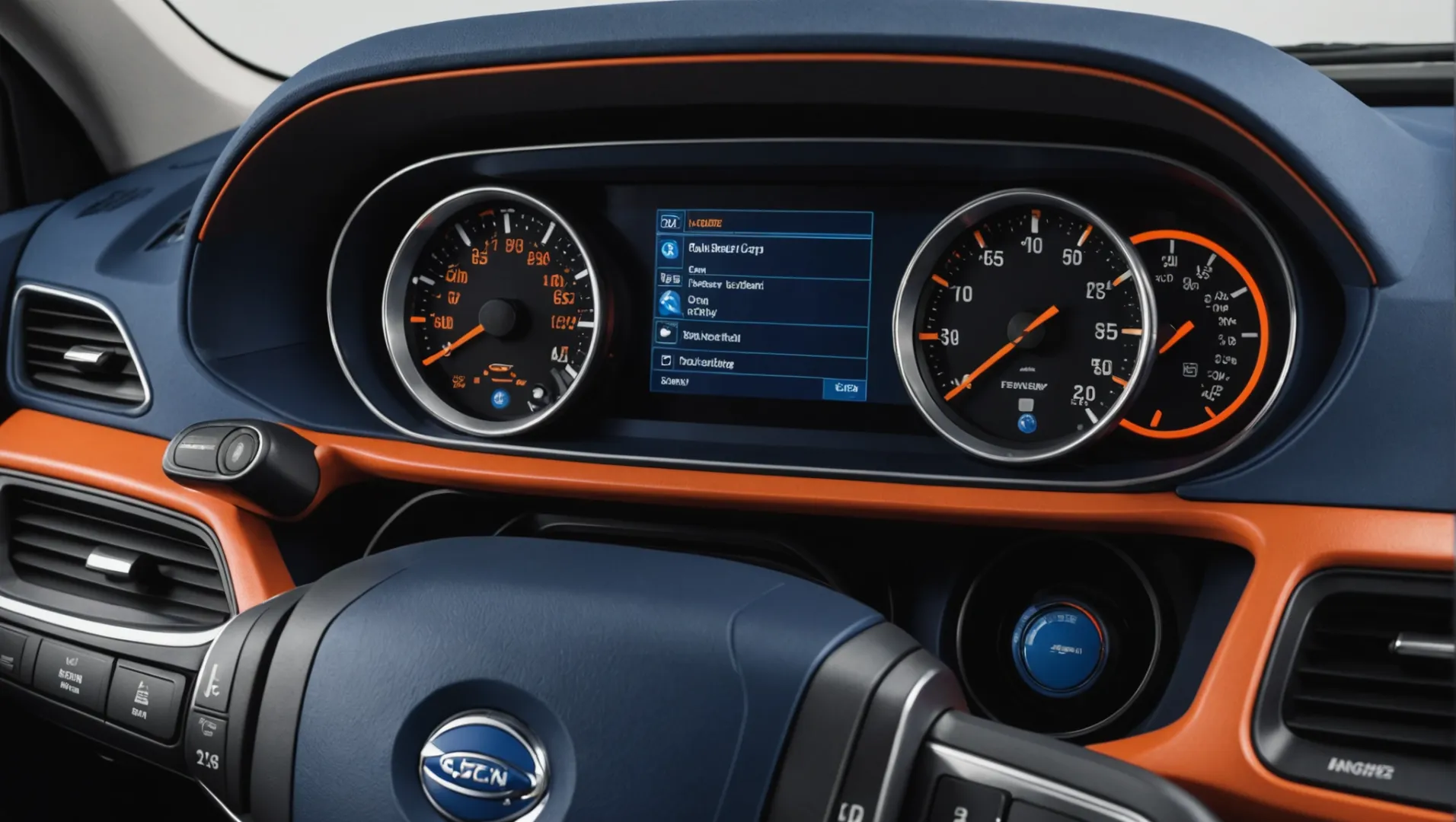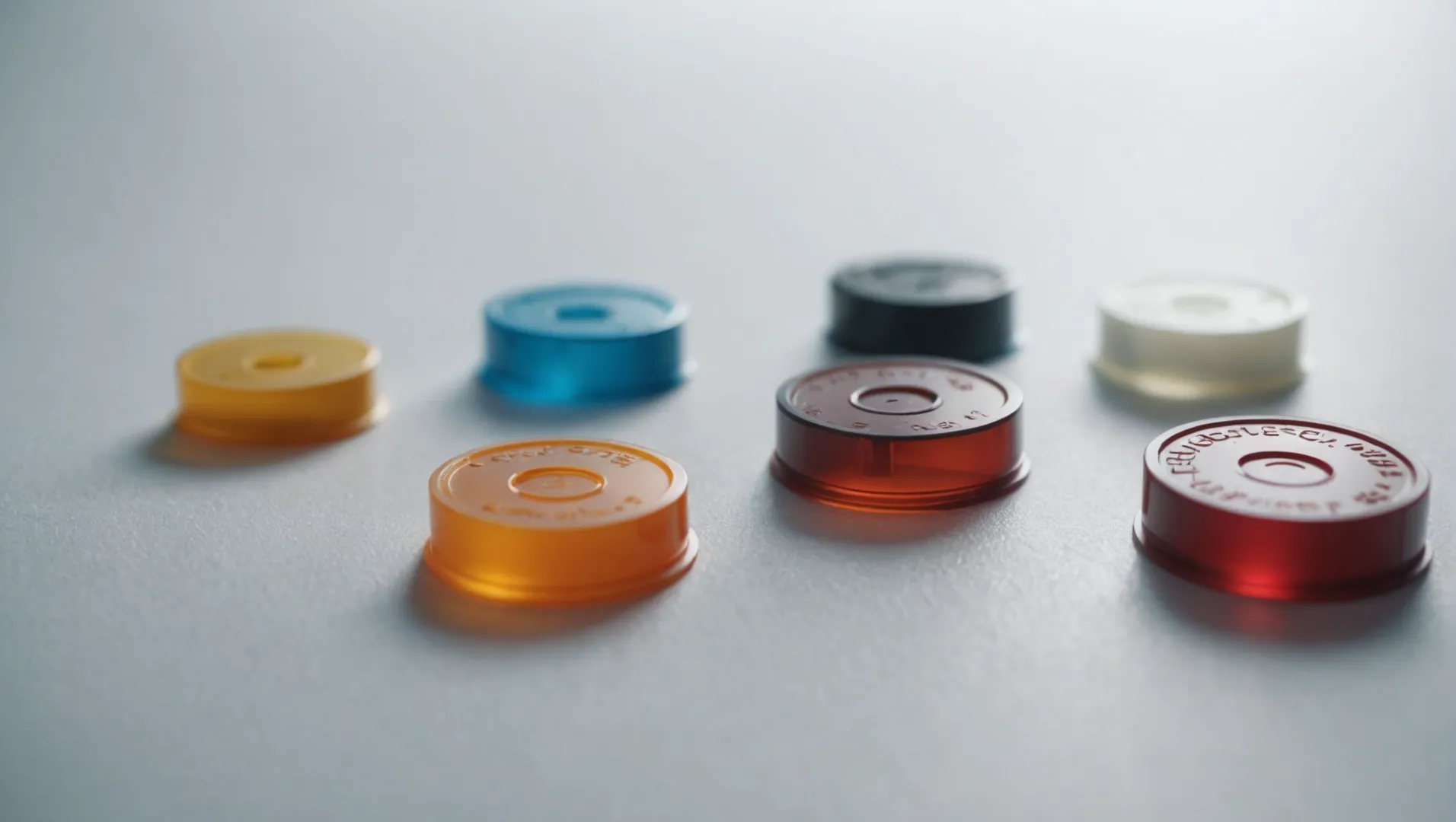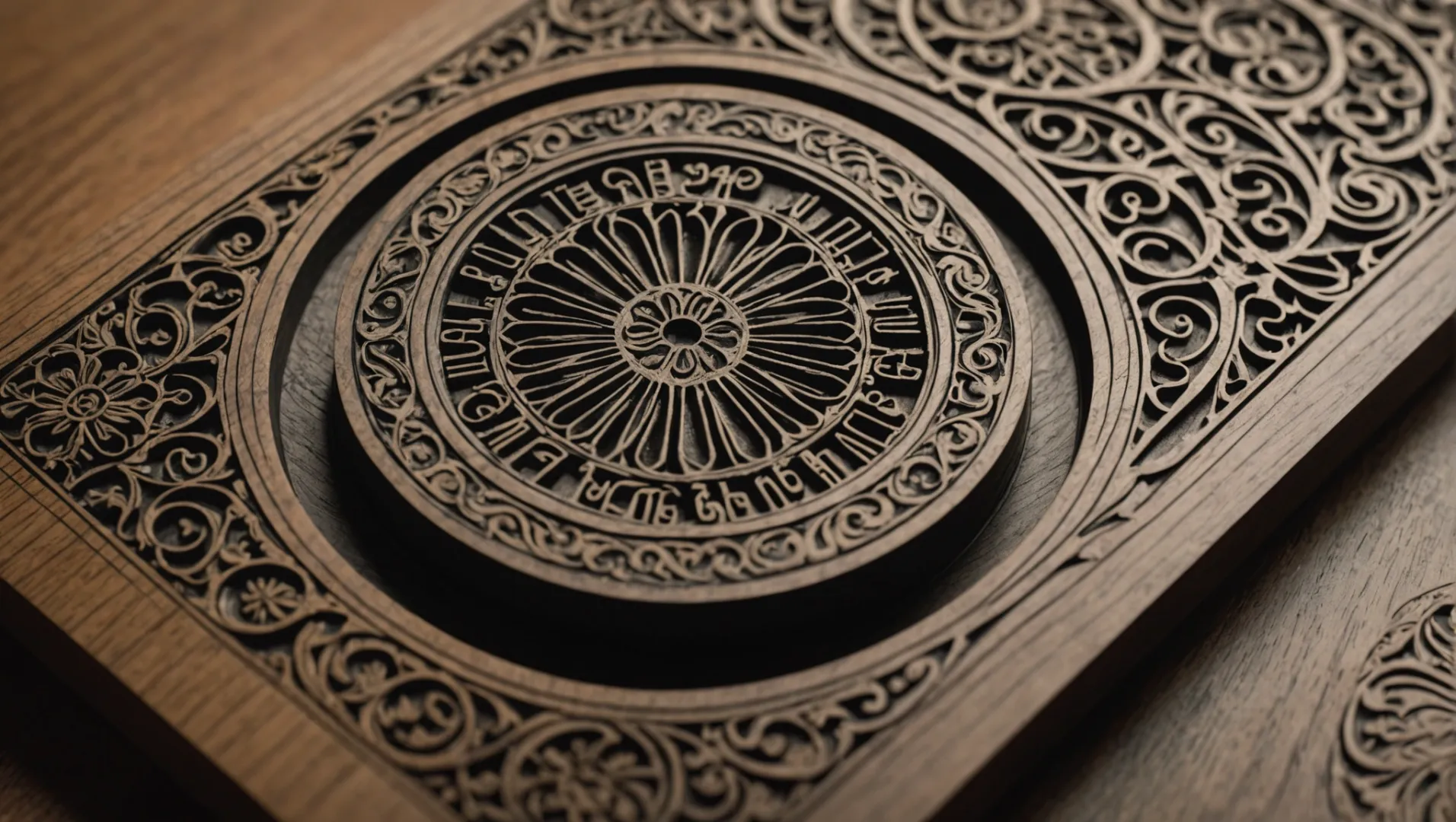
In the world of manufacturing, injection molding stands as a pivotal process for producing complex parts with precision.
Innovative ideas in injection molding product appearance design include material innovations like two-color molding, structural innovations such as thin-wall and hollow designs, and surface treatments like laser engraving and texture design. These strategies enhance visual appeal and functionality.
While the foundational concepts of injection molding remain constant, exploring these innovative ideas can significantly elevate product aesthetics. Let’s delve deeper into each technique and discover how they can be applied to enhance your designs and captivate your market.
Two-color molding creates unique visual effects.True
Combining materials or colors enhances aesthetics and functionality.
How Does Two-Color Injection Molding Enhance Product Design?
Two-color injection molding offers designers a powerful tool to create visually stunning and functional products.
Two-color injection molding allows for the combination of different materials or colors in a single process, creating unique visual effects and enhanced product functionality. This method is widely used in industries like electronics and automotive to improve both aesthetics and performance.

Material Innovation and Aesthetic Appeal
Two-color injection molding, also known as double-material molding, uses two different materials or colors to create a single part. This technique can transform ordinary designs into visually striking products by integrating contrasting or complementary colors. For instance, electronic cigarette shells often utilize a blend of colored polycarbonate (PC) and transparent acrylonitrile butadiene styrene (ABS) to achieve a crystal-clear look with special effects like luminosity or color transitions.
This innovative use of materials not only enhances the product’s aesthetic appeal but also allows for new functional features. For example, the wave pattern color change1 seen in some automotive interiors adds a dynamic visual effect that can also improve user interaction.
Enhanced Product Functionality
Beyond aesthetics, two-color injection molding significantly contributes to the functional aspects of a product. By combining different materials, manufacturers can create parts that offer enhanced durability, flexibility, or grip. In the automotive industry, for example, steering wheel grips are often produced using this technique to incorporate soft-touch areas alongside more rigid sections, providing both comfort and control.
This approach is also prevalent in household appliances, where designers use it to integrate buttons or handles directly into the product’s body without additional assembly, reducing manufacturing costs while improving usability.
Industry Applications and Case Studies
Two-color injection molding finds applications across various industries, each leveraging its unique benefits to meet specific design requirements. In consumer electronics, for instance, devices often feature translucent panels or frames that enhance the device’s futuristic look while maintaining structural integrity.
In the automotive sector, dashboard components and control panels utilize this technology to combine functionality with aesthetic customization options. These parts not only contribute to the vehicle’s overall design language but also offer functional benefits like improved resistance to wear and tactile feedback.
Future Trends in Two-Color Injection Molding
As material science continues to advance, the potential applications for two-color injection molding are set to expand. Emerging trends include the integration of smart materials that can change properties under different conditions, further enhancing the interactivity and personalization of products.
Manufacturers are also exploring sustainable materials to reduce environmental impact, paving the way for eco-friendly designs that do not compromise on aesthetics or performance. As these technologies evolve, two-color injection molding2 will likely play an increasingly crucial role in creating next-generation products that captivate consumers while meeting stringent industry standards.
Two-color injection molding enhances product aesthetics.True
It combines different materials or colors to create unique visual effects.
Two-color injection molding is only used for aesthetic purposes.False
It also improves functionality by combining materials for durability and grip.
What Role Do New Materials Play in Injection Molding Aesthetics?
New materials are revolutionizing injection molding aesthetics, offering unique textures and visual effects while enhancing product performance.
New materials in injection molding bring enhanced aesthetics by providing diverse textures, colors, and finishes. They offer possibilities for unique visual effects and tactile experiences, expanding design options while meeting functional requirements.

The Impact of New Materials on Aesthetic Appeal
In the realm of injection molding3, the choice of material significantly impacts the final product’s aesthetics. New materials, such as advanced engineering plastics and biodegradable options, are transforming how products look and feel.
Engineering Plastics
Engineering plastics are known for their high strength and gloss, making them ideal for high-end electronic product casings. Their use in injection molding not only meets rigorous performance standards but also enhances the visual quality, creating a sleek and polished finish. This makes products like smartphones or laptops more appealing to consumers who equate visual quality with product excellence.
Biodegradable Plastics
In response to environmental concerns, the adoption of biodegradable plastics in injection molding has gained momentum. These materials can offer a natural or organic look, adding an eco-friendly aesthetic to products such as packaging or disposable items. Their unique textures and finishes can differentiate a brand in a crowded market.
Innovative Applications
Two-Color Injection Molding
Two-color injection molding combines different materials or colors in one product, allowing for striking visual effects such as gradient transitions or intricate patterns. This technique is particularly popular in the automotive and consumer electronics industries, where aesthetic differentiation is crucial.
| Industry Application | Example |
|---|---|
| Automotive | Dashboard panels with contrasting colors |
| Consumer Electronics | Earphones with dual-color casings |
Composite Materials
Using composite materials in injection molding can yield products with textures that mimic natural materials like wood or stone. This not only elevates the aesthetic appeal but also adds a premium feel to products like furniture or decorative pieces. Composite materials can be crafted to offer both durability and an elegant appearance.
Future Prospects
As technological advancements continue, the integration of smart materials into injection molding processes is on the horizon. These materials can change color or texture in response to environmental stimuli, paving the way for dynamic and interactive product designs that can respond to consumer preferences or usage conditions.
The role of new materials in injection molding is pivotal not just for aesthetics but also for broadening the scope of innovation in design. By leveraging these materials, designers can create visually compelling products that stand out in a competitive market.
Biodegradable plastics enhance eco-friendly aesthetics.True
Biodegradable plastics offer natural looks, adding eco-friendly appeal.
Two-color injection molding is used in furniture design.False
Two-color injection molding is popular in automotive and electronics.
How Can Structural Innovations Like Thin-Wall Designs Improve Products?
In the competitive landscape of product design, structural innovations like thin-wall designs offer remarkable benefits, enhancing both form and function.
Thin-wall designs improve products by reducing material costs, decreasing weight, and enhancing aesthetic appeal without compromising strength. This innovation aligns with consumer demand for lightweight, sleek products, making it a crucial strategy in modern manufacturing.

Understanding Thin-Wall Designs
Thin-wall designs involve optimizing the thickness of a product’s walls during the injection molding process. This method requires precise control and advanced techniques to ensure that the resulting product maintains its structural integrity while achieving a more delicate appearance.
Benefits of Thin-Wall Designs
-
Material Efficiency
By reducing the amount of material used, manufacturers can significantly lower production costs. This efficiency not only minimizes waste but also aligns with sustainable manufacturing practices. Discover more about cost efficiency4.
-
Weight Reduction
Lightweight products are highly desirable in industries such as consumer electronics and automotive. Thin-wall designs help achieve this by reducing the overall weight of the product while maintaining its durability. This is particularly beneficial for portable devices and vehicles where every gram counts.
-
Enhanced Aesthetic Appeal
Products with thin walls often have a sleek and modern look that appeals to consumers seeking stylish and contemporary designs. For instance, the shells of smartphones and laptops have evolved to be thinner, improving not just their aesthetic but also their ergonomics.
-
Improved Performance
Lighter products tend to perform better in specific applications, such as automotive parts where reduced weight can lead to better fuel efficiency. Explore lightweight automotive innovations5.
Industry Applications
-
Consumer Electronics: Devices such as smartphones and tablets benefit from thin-wall designs, which make them lighter and easier to handle.
-
Automotive: In this sector, components like dashboards and panels utilize thin-wall designs for better fuel efficiency and performance.
-
Packaging: Thin-walled plastic containers are used extensively in packaging due to their reduced material usage and improved recyclability.
Challenges and Considerations
While thin-wall designs offer numerous advantages, they also present challenges such as the need for advanced molding equipment and stricter quality controls. Ensuring consistent wall thickness across a product requires meticulous attention during the design phase.
By understanding and implementing thin-wall designs, manufacturers can produce innovative products that meet modern consumer expectations for efficiency, aesthetics, and performance.
Thin-wall designs decrease product weight significantly.True
Thin-wall designs reduce material use, leading to lighter products.
Thin-wall designs compromise the structural integrity of products.False
Advanced techniques ensure thin walls maintain product strength.
What Are the Benefits of Surface Treatment Techniques in Injection Molding?
Surface treatment techniques in injection molding not only enhance aesthetics but also improve functionality and durability.
Surface treatments like laser engraving, texture design, and coating enhance injection molded products by adding aesthetic value, increasing durability, and offering anti-counterfeiting benefits.

Laser Engraving: Precision and Personalization
Laser engraving offers precise, high-definition patterns on injection molded products. This technique allows for personalization and customization, adding unique branding elements such as logos or intricate designs. For instance, the engraving on electronic devices6 not only enhances visual appeal but also acts as an anti-counterfeiting measure.
Texture Design: Enhancing Look and Feel
By incorporating textures like frosting or wood grain onto product surfaces, texture design increases the tactile quality and aesthetic appeal of injection molded items. It can also improve functionality by providing non-slip surfaces in automotive interiors or improving wear resistance in home appliances. The versatility of texture applications7 allows designers to cater to various consumer preferences.
Coating Treatment: Adding Protective Layers
Coating treatments, such as applying a nano or metal film, modify the surface properties of injection molded products. This not only enhances the product’s appearance with a metallic sheen or high gloss but also increases resistance to corrosion. For example, coated cosmetic packaging8 often boasts a premium look while being more durable against environmental factors.
Integrating Aesthetic and Functional Benefits
Surface treatments bridge the gap between aesthetic appeal and functional performance. By choosing the appropriate technique, manufacturers can create products that are not only visually stunning but also meet specific durability requirements. This synergy is particularly crucial in competitive markets where first impressions can significantly influence purchasing decisions.
Laser engraving enhances anti-counterfeiting.True
Laser engraving adds unique identifiers, deterring counterfeiting.
Texture design decreases product durability.False
Texture design can enhance durability by providing non-slip surfaces.
Conclusion
Embracing innovative injection molding design techniques unlocks the potential to create visually stunning and functional products that resonate with consumers.
-
Explore examples of dynamic color effects in injection molding designs.: Flow lines appear as a wavy pattern often of a slightly different color than the surrounding area and generally on narrower sections of the … ↩
-
Learn more about how two-color molding enhances product design.: Enhanced Aesthetics – Two-color injection molding allows designers to create more visually appealing parts by incorporating different colors or materials. Think … ↩
-
Explore how different materials influence the aesthetics in injection molding.: See how part geometry, material selection, and mold design can minimize or eliminate cosmetic flaws that can arise during molding. ↩
-
Explains how material efficiency cuts production costs.: Geometries and Supports … Various part geometries, such as jogs and curved walls, can help stiffen parts and allow for thinner machinable walls. ↩
-
Learn about how reduced weight boosts vehicle efficiency.: Lighter vehicle designs, all else equal, reach higher levels of performance: quicker acceleration, more agile cornering, higher top speeds, and shorter … ↩
-
Discover how laser engraving enhances device aesthetics and security.: It enables the electronics industry to achieve the efficiency required in production processes. A major role is being played here by the laser marking of … ↩
-
Explore diverse uses of texture design in enhancing product surfaces.: Product textures can be used for a multitude of purposes, like improving the product appearance, enhanced strength and adhesion and improving the feel of the … ↩
-
Learn about coating’s role in beautifying and protecting packaging.: UV coating is a surface treatment system, whose major functionality is to protect the sublayers of the surface from the harmful effects of UV radiation. ↩






